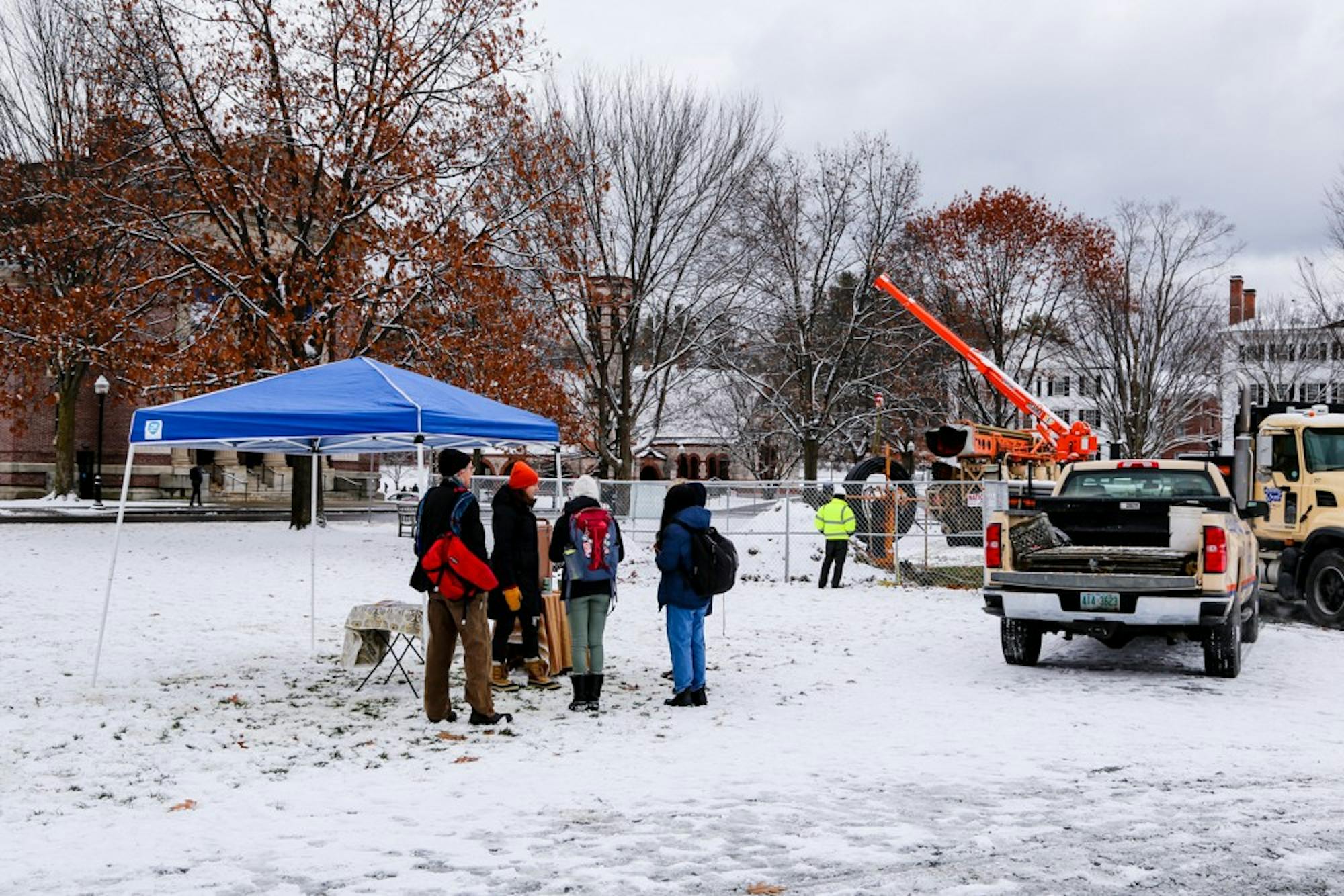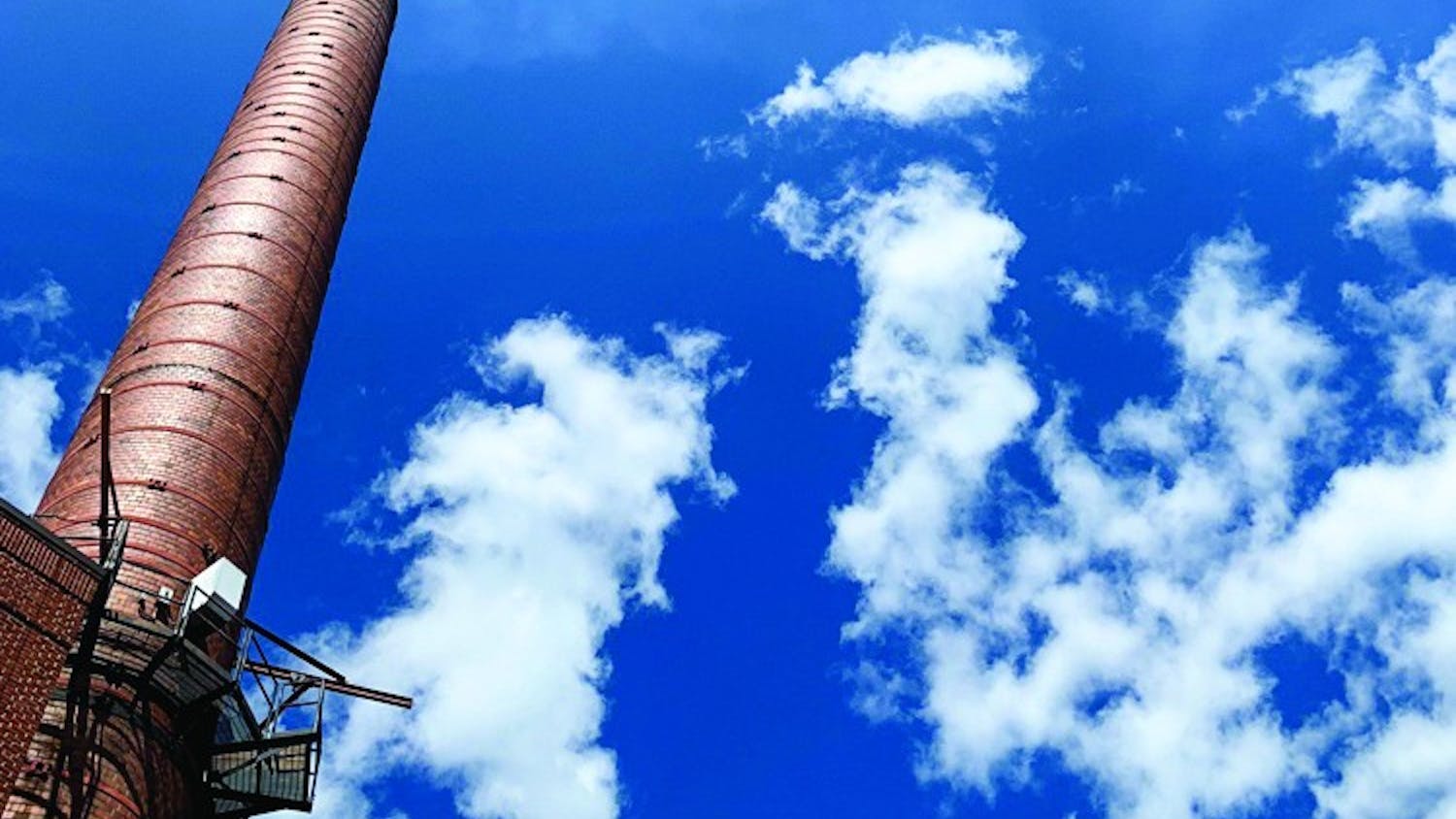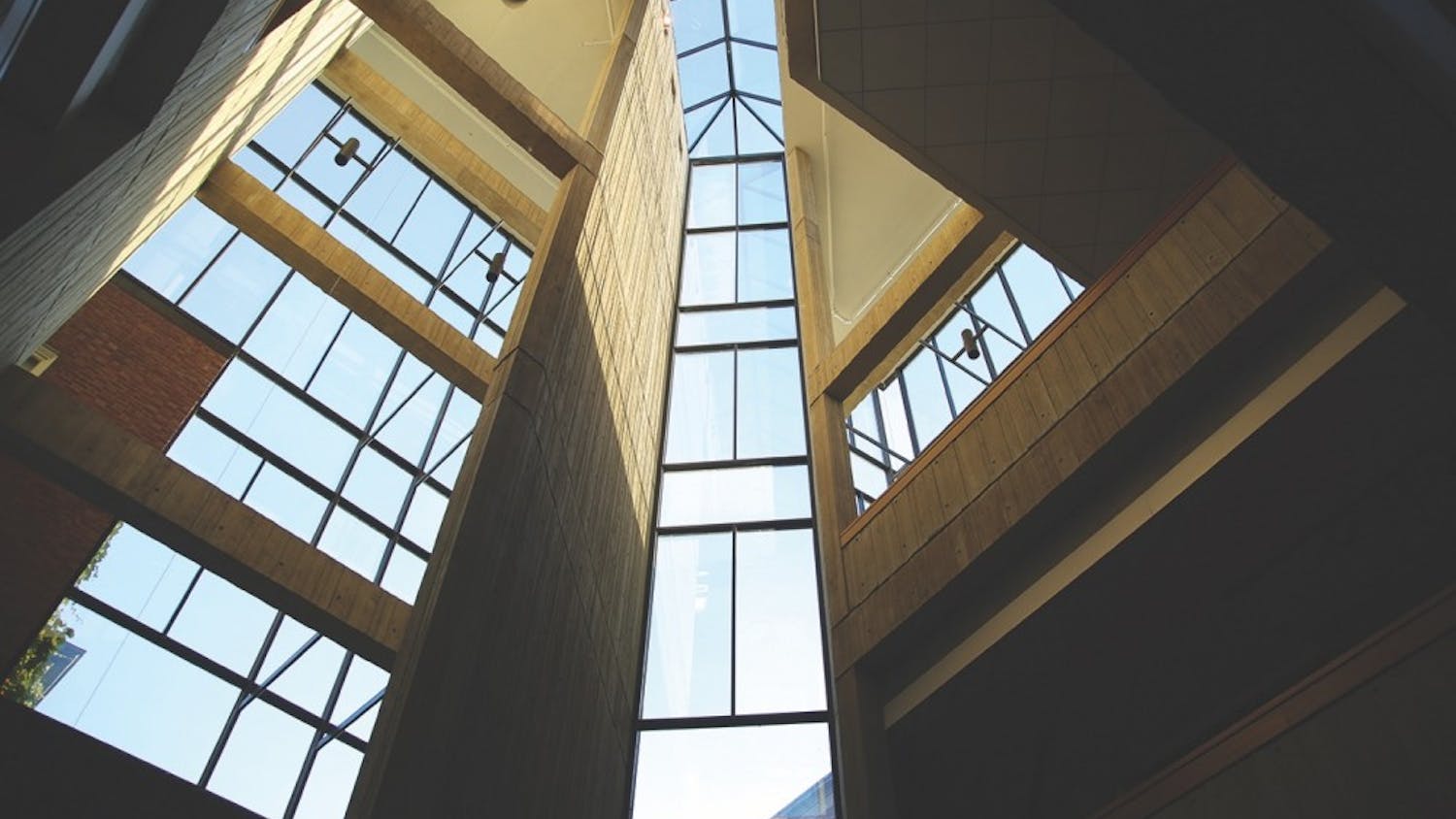As students walk across the Green over the next few days, they may notice another fenced-off, ongoing campus project. Earlier this week, the College commenced drilling wells on the Green to learn more about the viability of a geoexchange system at the College, which would be a renewable energy option to meet up to 30 percent of the College’s heating needs.
According to facilities operations and management associate director Tim McNamara, this drilling was done to test the viability of geoexchange heating as an alternative to the current steam-powered heating system.
Geoexchange heating is a mechanism of heating that relies on the difference in temperature between the surface and underlying rock. According to sustainability director Rosalie Kerr ’98, geoexchange heating involves moving heat without burning oil to either heat or cool buildings. McNamara added that geothermal exchange with hot water could be up to 15 percent more efficient than the current steam-based system the College uses.
However, before the College can commit to geoexchange heating, testing must be done to evaluate how effective the heating will be on a small scale. According to vice president of institutional projects Josh Keniston, the testing will evaluate the number of wells needed to heat buildings such as Webster Hall, the site of Rauner Special Collections Library, with geoexchange heating. Kerr added that because drilling wells can cost up to $10,000 per well, the College does not want to commit to geoexchange heating without seeing its full benefits.
“It’s expensive to drill a 500-foot well, and in order to heat one building we might need 20 wells,” Kerr said. “We don’t want to drill these wells without determining whether the geological conditions are good for geothermal exchange.”
According to McNamara, the well will sit for five days to allow the pipe to heat up to the underground temperature. He added that after this phase, water will be injected into the pipe, and the difference in temperature between the water that goes in and the water that comes out will be measured.
In planning for the geoexchange testing, both the Green and the Dewey Field Lot were chosen as sites to evaluate geoexchange heating. The drilling on Dewey Field Lot will occur during winter break in the week of Dec. 9. Kerr said that these sites were chosen because they are surrounded by a number of different buildings. McNamara also added that because the pipes are underground, these sites could have hundreds of wells and still be used for their normal purposes.
“These are big open sites,” McNamara said. “We don’t have that many areas central to campus that are big and open, so the Green and Dewey Field [Lot] would allow us to put down lots of wells without changing the use of the sites.”
The geoexchange testing is a part of the Dartmouth Green Energy Project, which, according to Kerr, seeks to improve the efficiency of on-campus heating and cooling. While she noted that the process would require a source of electricity to pump heat to and from the ground, she added that it would transition the campus away from a dependence on carbon-intensive fuels like the No. 6 fuel oil currently used for campus heating.
When it comes to determining whether or not the College will move forward with geoexchange heating, Keniston said that it will take some time for the costs and benefits to be determined. Keniston added that the College does not expect that geoexchange heating will meet more than 30 percent of the College’s heating needs, a factor that will have to be weighed against the cost of drilling the wells.
“We have to look at the financials and how much we’re talking about,” Keniston said. “We also want to see how much of our heating and cooling needs can be met by this system.”




